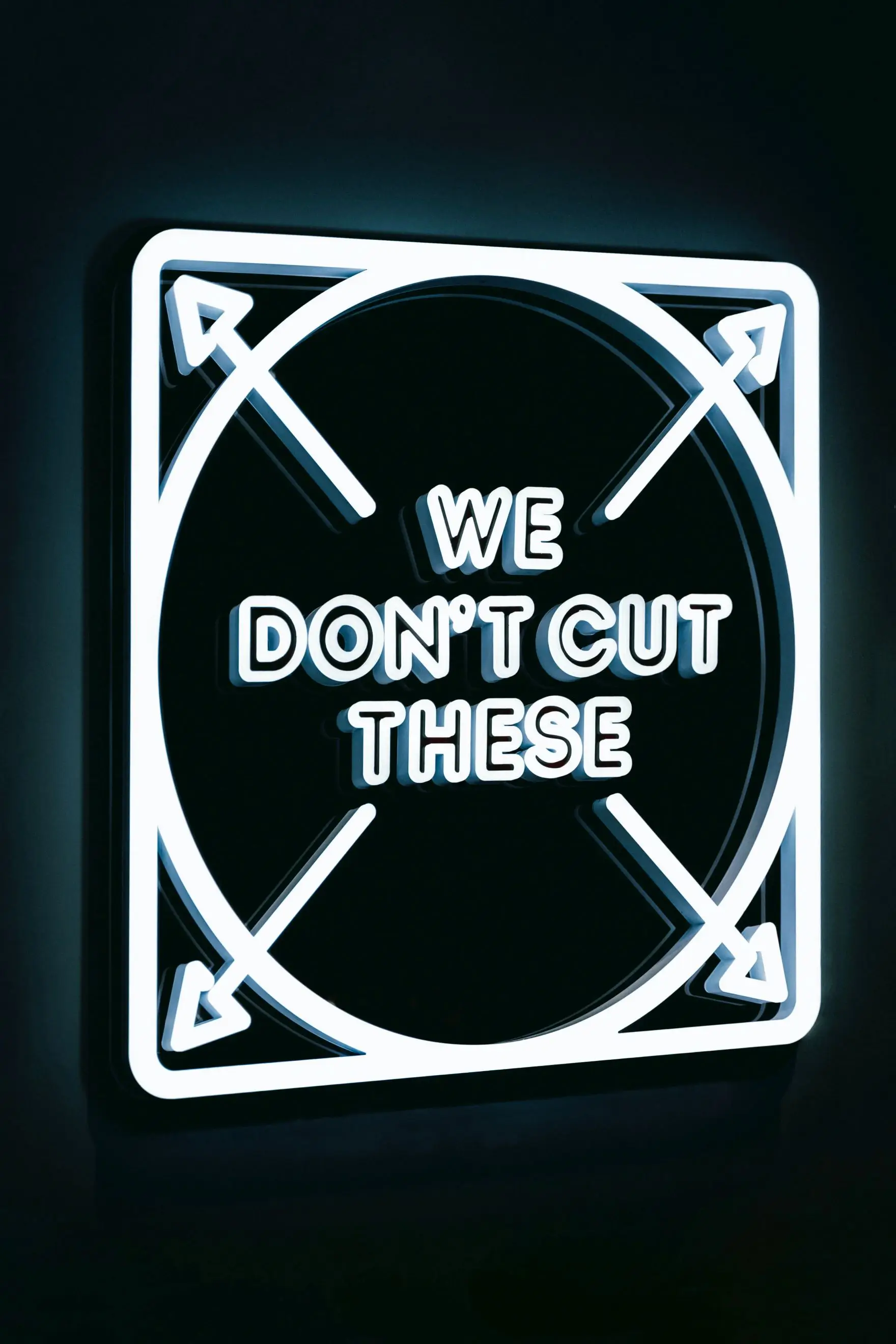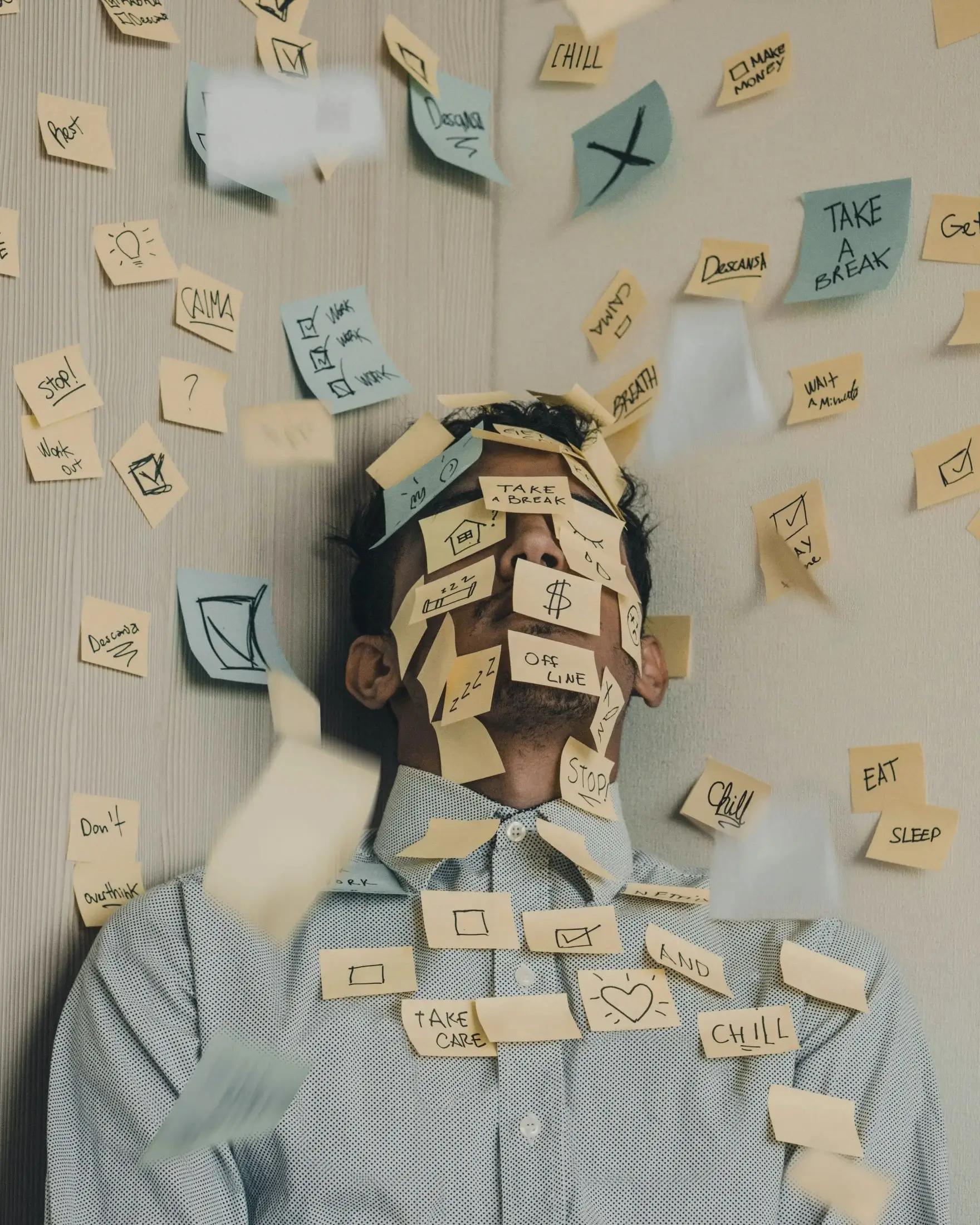Ever wondered why certain websites or products captivate us? The answer often lies in cognitive biases
Cognitive bias are those mental shortcuts influencing our choices. For designers, comprehending these biases can be a game-changer.
1. Confirmation Bias
People tend to favor information confirming their existing beliefs.
+ Designers can tap into this by aligning design and content with users' expectations.
- To avoid manipulation, designers should maintain transparency, ensuring content and design don't selectively present information confirming existing biases.
2. Anchoring Bias
We often rely heavily on the first information we encounter.
+ For pricing, start with a higher option to make others seem more affordable. In different contexts, provide a clear starting point or instruction to guide choices.
- Ensure anchors are informative, not coercive, to prevent users from feeling forced into undesirable choices.
3. Choice Supportive Bias
People retroactively ascribe positive attributes to their past choices.
+ After users make a choice, highlight the benefits of their chosen option, fostering a happier user.
- Don't neglect alternative options; provide clear information about different choices to enhance trust.
4. Availability Heuristic
People rely on readily available information when making decisions.
+ Make crucial information easily available with clear and prominent design elements.
- To avoid overwhelming users, focus on providing digestible essential data.
5. Social Proof Bias
People conform to the actions or opinions of others.
+ Incorporate social proof elements, like user reviews or endorsements, to positively influence users.
- Beware of inauthentic social proof elements that can damage trust and credibility.







